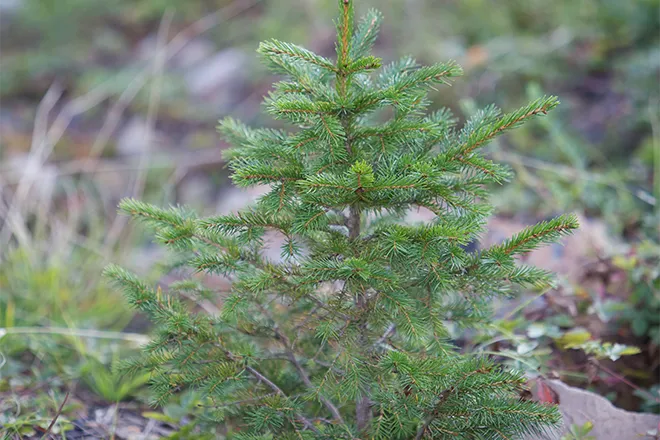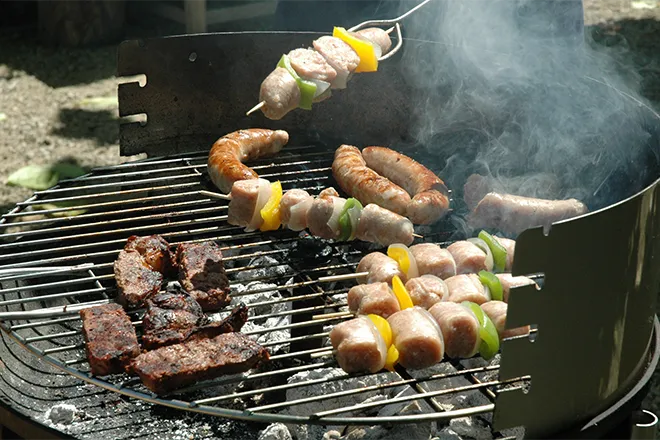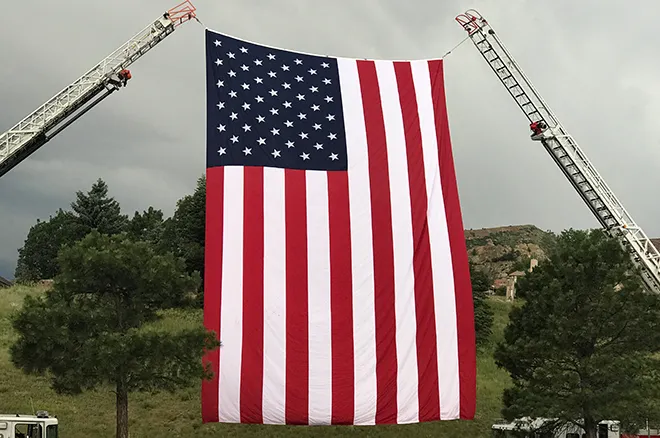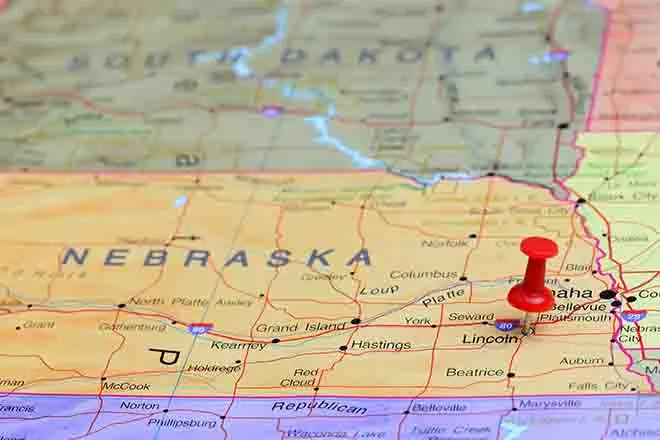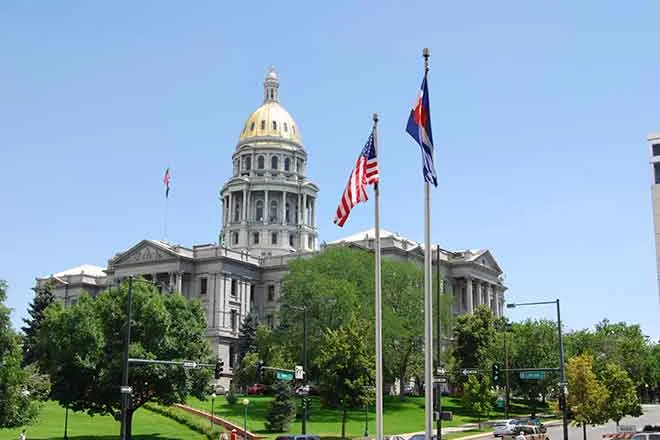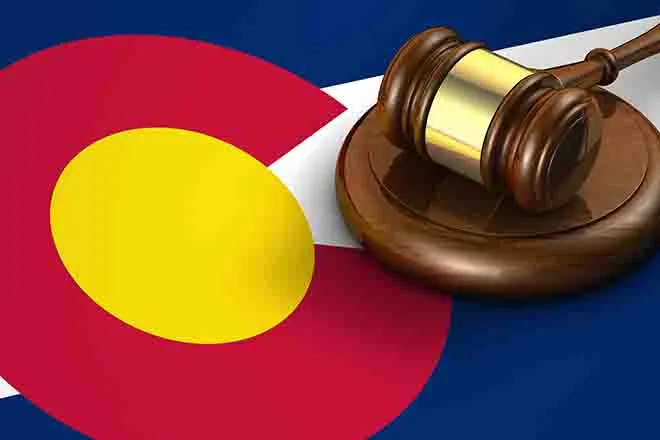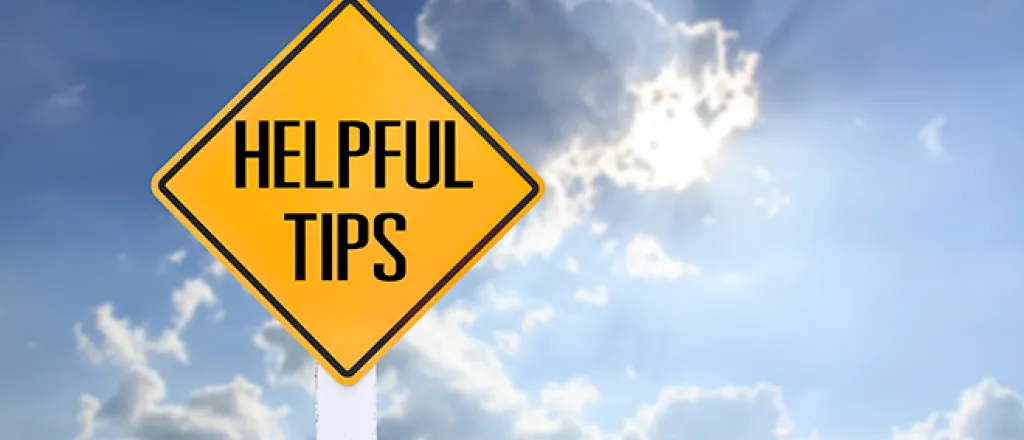
Firewise Tips for Homeowners
CSU Extension/Southeast Area
Not that is should be a surprise, because it seems to be more normal than not, but the weather has turned hot and very dry again – or at least very dry, depending on the day. With these dry conditions plus the unusual amount of rain seen in many areas during the summer months, we are also experiencing relatively heavy fuel loads in Southeast Colorado. Many of us have friends who have been impacted one way or another by the fires that have occurred in mountain and forested areas, along with a few out here on the Eastern Plains and memories of the Crowley County fire in 2008.
The second weather phenomenon we usually have in abundance is wind. Mix dry conditions, wind, and adequate to heavy fuel loads and there is a recipe for disaster – especially if you are in the path of one of these wildfires.
We cannot do much about the dry conditions or the wind, but we can control fuels especially in sensitive areas like around our residence and farmsteads. Your local CSU Extension office has access to Firewise information through the eXtension website, with tips and suggestions to prepare and protect personal property in the event of a wildfire.
Basically is starts as a target with your home as the bull’s eye. Start by using non-flammable or low flammable construction material for roofs, sidings, and windows. This includes not planting or having dry debris or mulches within five feet of the foundation and off of your eaves, gutters, decks, or porches – this includes stacks of firewood. Make sure vents have screens or coverings to prevent ember entry in the event of a wildfire.
The next ring of the target extends from five to thirty feet from the foundation. This area should be large enough to accommodate fire equipment if needed and be well irrigated. It should be well maintained and mowed with careful, well-spaced plantings of low flammable plant species. Again it is suggested to use rocks, gravel, or stone rather than dry mulches in this area.
The area from thirty to 100 feet away from the foundation again needs to include low flammability plant material with low growing shrubs and, if you have one, the irrigation system should extend into this area. Trees should be well spaced and trimmed of lower branches to prevent a fuel ladder that will allow a fire to climb to the taller vegetation.
Past 100 feet there should be low growing plants and well-spaced trees and shrubs. You may not keep the fire out of this area, but the less time it is there,

